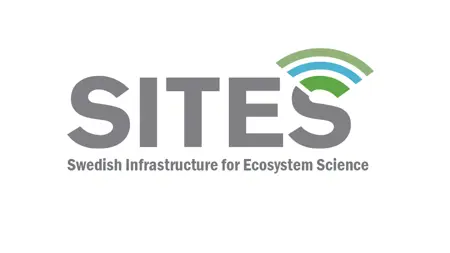
SITES - Swedish Infrastructure for Ecosystem Science
SITES is a national research infrastructure for terrestrial and limnological field research open to all scientists. SITES extends via its nine research stations throughout Sweden and offers research opportunities in a variety of ecosystems and climates.
SITES - a resource for research
SITES offers all scientists to use participating field research stations.
Either you can be on site yourself or outsource an assignment to the technical staff at the station. You also have the opportunity to use existing data collected at the stations. There are, in a number of areas of research, extensive and long series of data.
Five of the stations belong to SLU: Lönnstorp, Asa, Grimsö, Röbäcksdalen and Svartberget.
SITES runs three thematic programmes: Water, Spectral, and AquaNet. All data produced within SITES is openly available at the SITES Data Portal.
Facts
SITES is funded by:
- the Swedish Research Council (VR), together with four Partner Organizations;
- Swedish University of Agricultural Sciences (SLU),
- Uppsala University,
- University of Gothenburg, and
- Swedish Polar Research Secretariat.
The coordinator of SITES is SLU and the Secretariat is located at the SLU Ultuna campus. SLU is also responsible for the coordination of SITES Data Portal and SITES Spectral Thematic Program through a collaboration agreement with Lund University.

Contact
-
PersonMarcus Wallin, resercherDivision of Geochemistry and Hydrology
-
PersonBlaize Denfeld, Assistant Manager at SITESDivision of Geochemistry and Hydrology